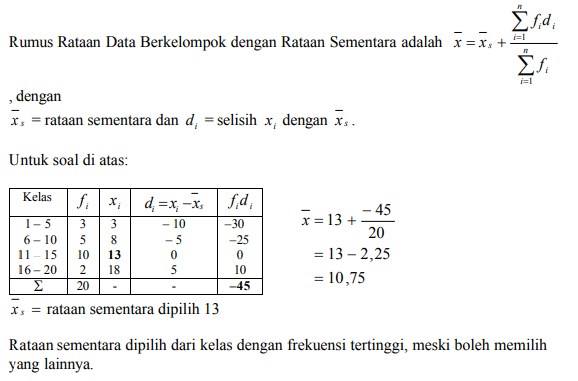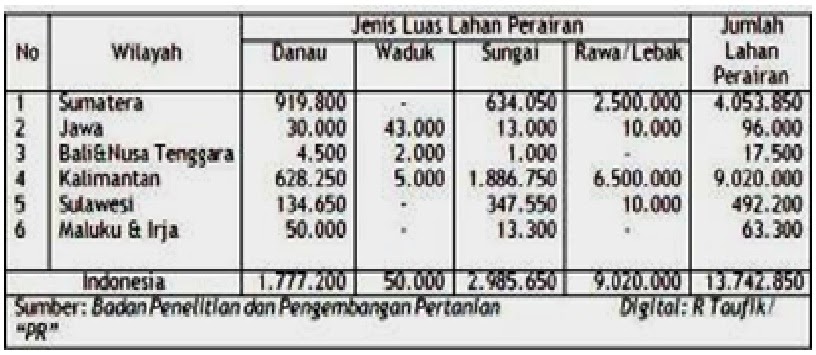



Retrieved on September 20, 2017.īrookhart, S. A content Analysis of the Reading and Listening Activities in the EFL Textbook of Master Class. New York: LongmanĪssaly, I., & Igbaria, K. A taxonomy for learning, teaching and assessing: A revision of Bloom’s taxonomy of educational objectives. It indicated that this textbook concentrated more on higher –level thinking questions than lower lever thinking.Īnderson, L. It was 66.8 % of 100 % while it was 33.4 % for lower order thinking skills LOTS). The results showed that the most dominant level in the textbook was higher order thinking skills HOTS). The researcher collected and listed the questions in the reading comprehension tasks and then calculated the percentage and frequencies of each level of cognition in each separate book chapter and in all five combined book chapters. This research focused on analyzing the Bahasa Inggris SMA/MA/SMK/MAK textbook grade 11 th semester 1 published by the Ministry of Education and Culture. Using the descriptive qualitative method and content analysis, this study examined the questions in the reading comprehension tasks only to determine to what extent the reading comprehension questions emphasize on Higher Order Thinking. It also allows to use HERA data on hadronic final states in the tuning of hadronisation models.The objective of this research was to investigate the three up levels of cognitive domain of revised Bloom’s Taxonomy used in the textbook entitled Bahasa Inggris SMA/MA/SMK/MAK grade 11 th semester 1, namely analyzing level (C4), evaluating level (C5), and creating level (C6). The extension to deeply inelastic processes provides the opportunity to validate the merging of matrix elements and parton showers in multi-scale kinematics inaccessible in other collider environments. The various sources of theoretical uncertainties of the approach are discussed and quantified. Different hadronic final states, defined by jets or individual hadrons, in deep-inelastic scattering are analysed and the corresponding results are compared to HERA data. Using an extension of the recently introduced method for merging truncated parton showers with higher-order tree-level matrix elements, it is possible to obtain predictions which are reliable in all kinematical limits. Hadronic final states in this kinematical setting are characterised by the presence of multiple kinematical scales, which were up to now accounted for only by specific resummations in individual kinematical regions. We extend the multi-purpose Monte Carlo event generator Sherpa to include processes in deeply inelastic lepton–nucleon scattering.


 0 kommentar(er)
0 kommentar(er)
